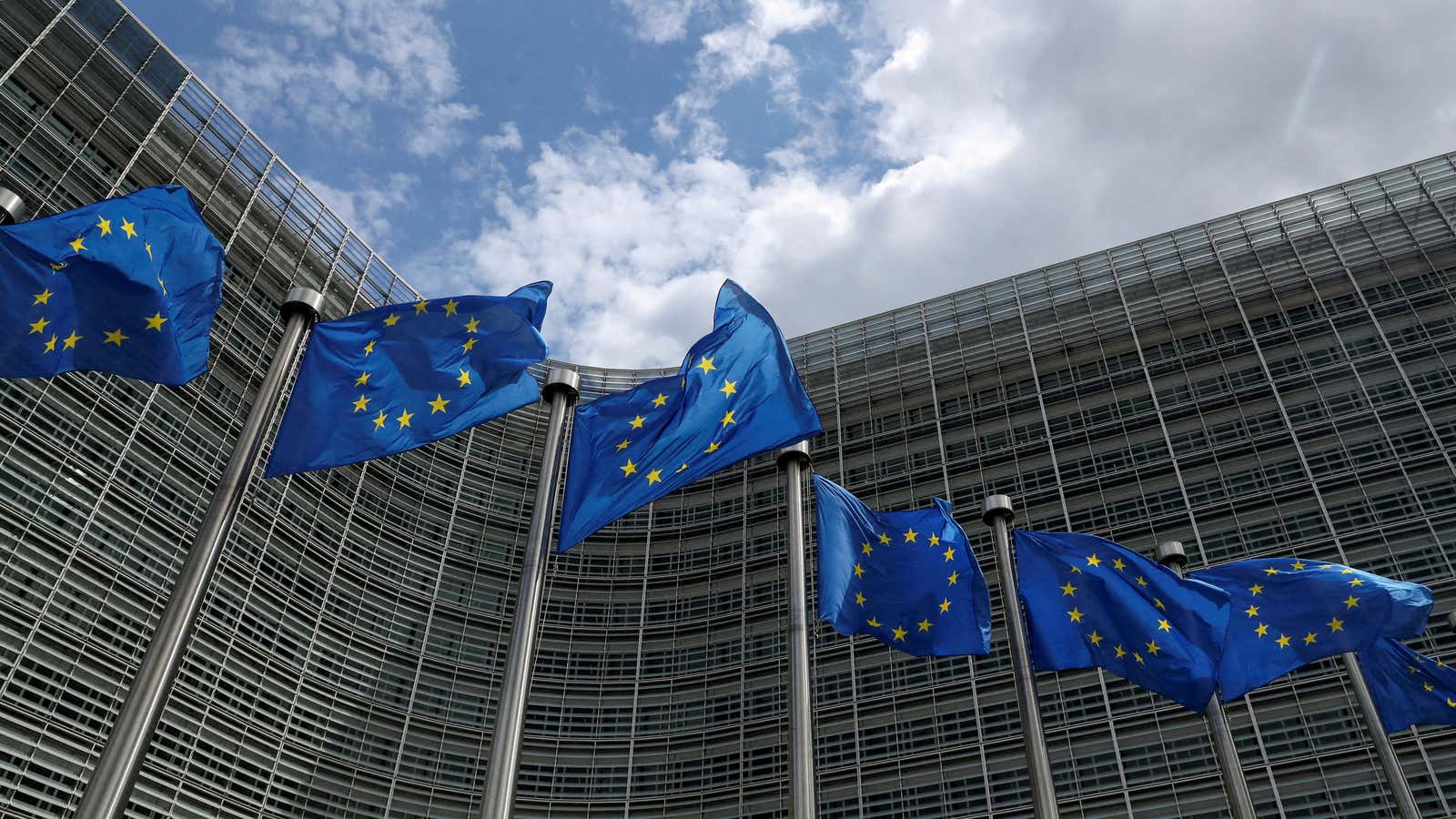The European Union knows all too well what it means to be the target of economic coercion.
Russia’s move to cut off gas flows to Europe is one example. China’s boycott and blockade of Lithuanian companies and goods is another. So is Beijing’s recent threat of “consequences” if the Netherlands blocks exports of semiconductor technology.
In response to these efforts to undermine the sovereignty and stability of the European project, the EU is adding a powerful new tool to its arsenal of trade defences. It’s called the anti-coercion instrument.
Following all-night talks into the small hours of March 28, the European Parliament, the European Commission, and European Council of 27 member states agreed to the new trade defence tool, whose goal is to discourage
economic coercion by other nations, including China.
“This instrument aims to deter third countries from targeting the EU and its member states with economic coercion through measures affecting trade or investment,” the EU Council said in a statement.
What is an anti-coercion instrument?
While the EU already has a number of trade defence options in its toolkit: anti-dumping and anti-subsidy measures, for example. The anti-coercion instrument expands its defensive capabilities by allowing countermeasures like increased customs duties, import or export licenses, and restrictions on services and public procurement.
The instrument also offers an alternative avenue to address trade disputes, a welcome choice given that the traditional route of raising a complaint with the World Trade Organization often faces delays.
Legislation laying out the regulatory details of the anti-coercion instrument must now be formally adopted by the European Commission and European Parliament. That process is expected to take several months.
Once the legislation is in force, the Commission can launch investigations into whether a third country’s actions amount to coercion. If 55% of EU member states agree with the Commission’s assessment that there is coercion, then they, the Commission, and Parliament will decide on countermeasures against the third country.
Shoring up Europe’s trade defenses
Worldwide, there’s a growing recognition among liberal democracies that Beijing’s industrial policies create asymmetric dependency on China across key supply chains like semiconductors, electric vehicles, and critical minerals, which can lead to national security risks.
Europe’s effort to reinforce its trade defences is one prong of its plan to reduce reliance on China, build up resilient supply chains, and enhance its economic security.
Having a robust line-up of trade defence tools—including the recently adopted foreign subsidy instrument and the newly approved anti-coercion instrument—could itself be deterrent enough against some forms of economic intimidation.
“It’s really not the water pistol—it’s a gun, and sometimes it’s necessary to put a gun on the table, even knowing that it is not going to be used,” Bernd Lange, the European Parliament’s lead negotiator, told journalists after the anti-coercion deal’s conclusion.
